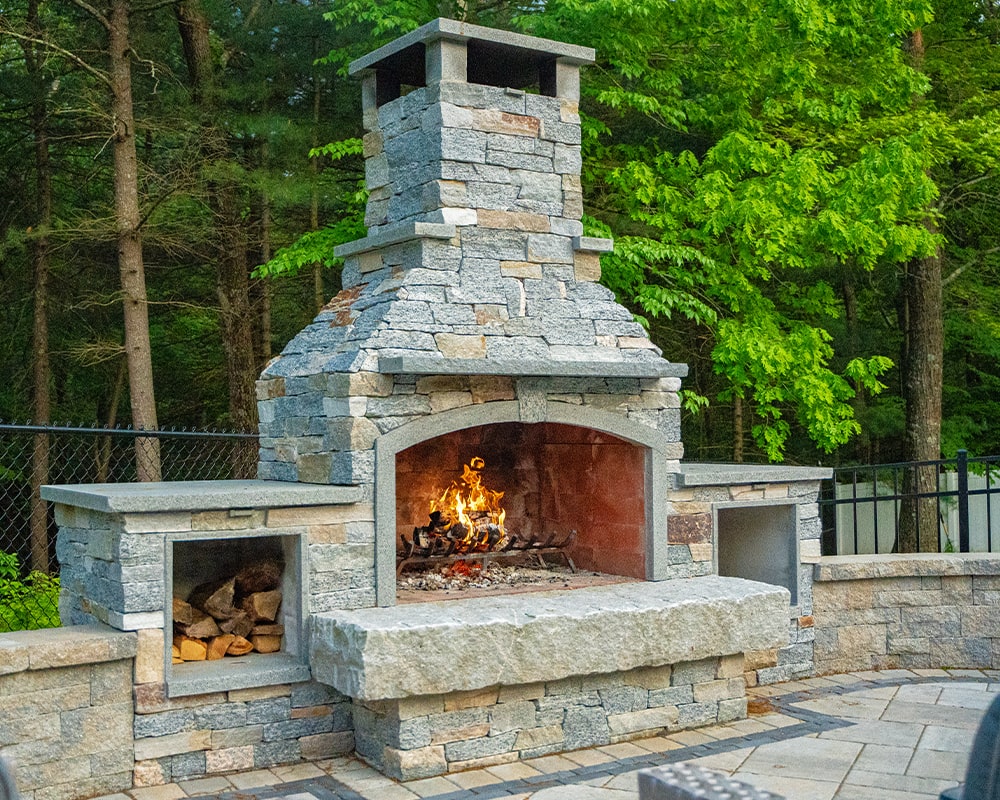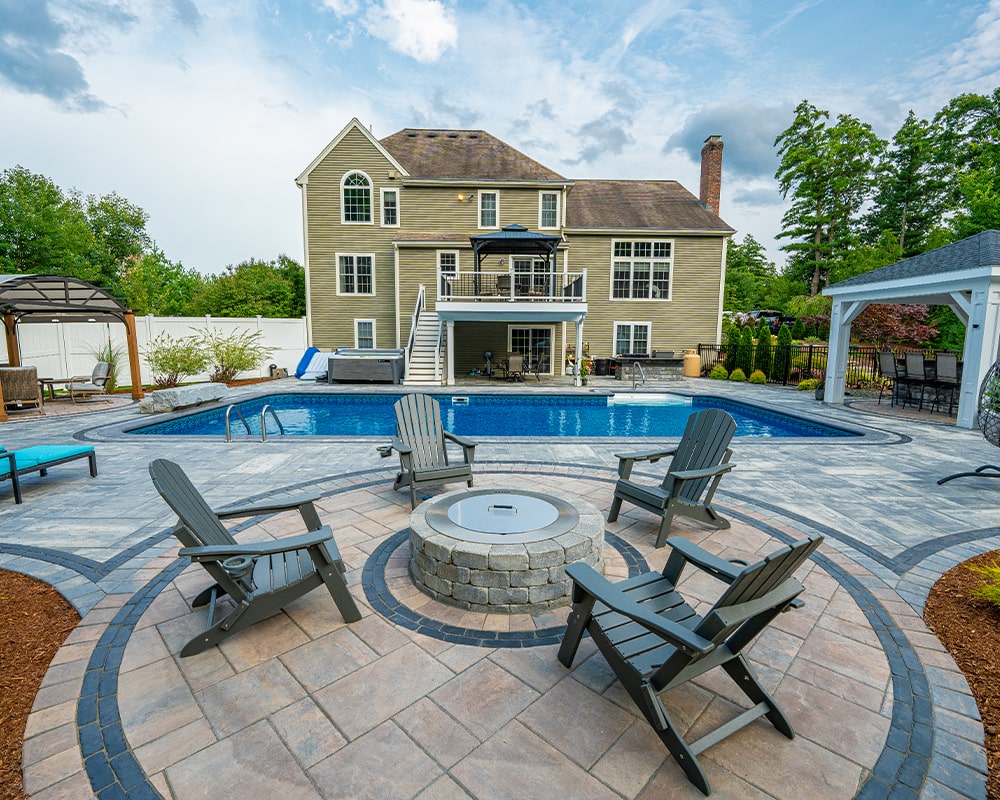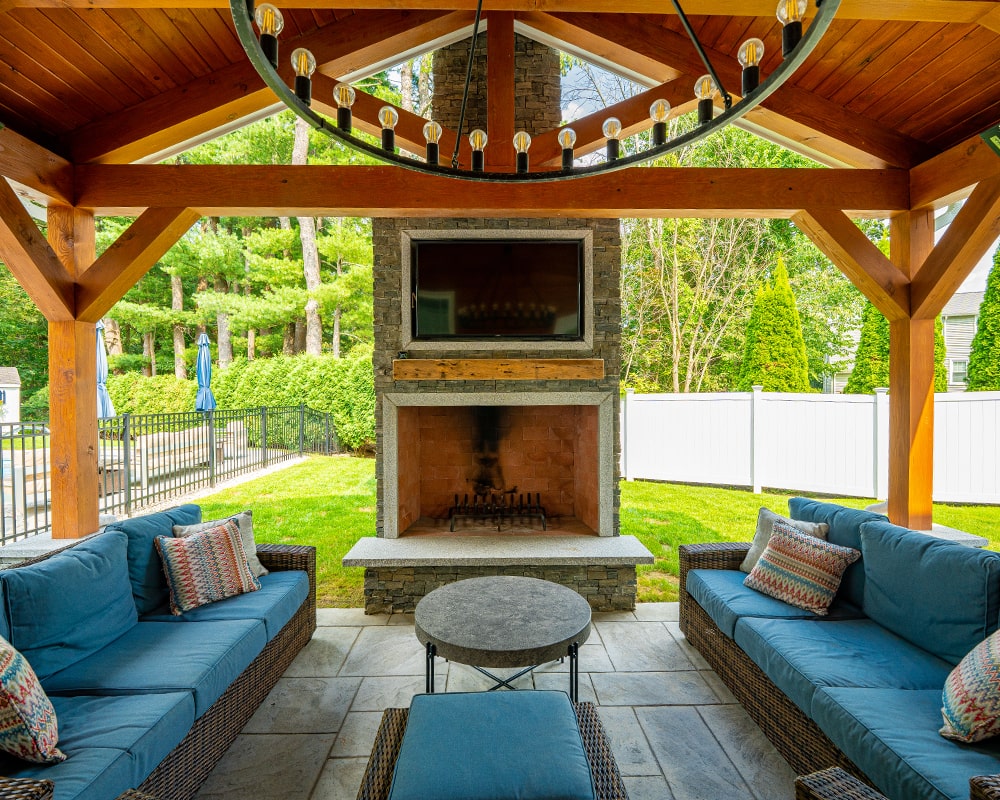The 5 Most Important Things to Think About BEFORE Starting your Outdoor Living Space
1: Doing the thinking, planning, and discussing upfront is key to a project’s success. This starts even before you reach out to a contractor or designer. It’s perfectly okay not to know exactly what you want, but spending some time thinking about it broadly will serve as a baseline starting point. Ideas as simple as knowing a feature or two that you really want to include, envisioning how you and your family will use the space, and considering how many people will realistically use it all help guide a good designer towards creating the perfect design for you. Lastly, don’t forget to think about your budget. Every project, big or small, has budget limitations. It’s okay not to know what a project will cost if you aren’t familiar with it, but thinking about what you are comfortable investing in your space and having an honest and open conversation about the budget is a big part of setting up a project for success.
2: Once you have done some of your own planning, setting up an initial consultation with a reliable and trustworthy contractor or designer is the next step towards developing a quality set of plans for your project. Often, there is a series of revisions to the initial design—sometimes small, sometimes larger. This time upfront is very important to overall project success and sets clear expectations for everyone. It also allows for accurate pricing upfront, which will result in fewer surprises and cost overruns later because the time was spent upfront to properly plan.
3: Once you have a design in place, generally focus on the overall layout of the space first, and then dive into more detail regarding specific project elements such as materials. Material selection can be overwhelming at times, as there is a lot to choose from. A good contractor or designer will give you honest feedback about materials and offer suggestions, but they shouldn’t force material selections onto you. They should focus on the pros and cons of certain materials and act more as a guide in material selection than a salesperson. A good contractor or designer won’t be afraid to tell you when they think you may be picking something that may not be best for a certain application, but most importantly, they should be able to explain why. It’s always a good idea to see material samples in person. Sometimes, it makes sense to pay for small mock-ups to be built to aid in decision-making, rather than waiting until things are done to decide you don’t like something. Be open with your team about what you like and what you don’t. Don’t overthink it too much.
4: A project can significantly impact your day-to-day life during construction. Thinking about the timing of a project is smart. Sometimes projects can be scheduled for certain times of the year when they make more sense and will be less disruptive to daily life. For any extensive interior renovation, especially when it affects kitchen and bathroom areas, it’s wise to consider leaving the house during the construction. Generally, this will result in a faster construction timeline, less stress, and lower costs. Keeping a construction project operational during a project can sometimes be quite a bit of work. Also, for exterior projects, scheduling them for times when you typically wouldn’t be outside can be a great idea, as it allows for the use of the space when you would use it and construction when you wouldn’t be using it. The same goes for inside projects. Sometimes scheduling them during the warmer months makes sense so that you can get outside and away from construction. All of this comes back to proper planning. A good plan will make the entire process smoother for everyone.
5: Once you have completed the planning and design phase and are ready to start construction, don’t be afraid to ask any questions that you may still have regarding the construction process. Most of these should have been answered and addressed by now, but if you have any questions, don’t be shy. Contractors are very familiar with the construction process, but most homeowners only do a small handful of projects over the course of their lives. Understand that often there is a lot of deconstruction before the construction part actually starts. This can be a little unsettling, as many changes seem to happen all of a sudden at the beginning of a project. Once the heavy lifting is done, the rebuilding starts and usually takes much longer than the prep and deconstruction work. Regardless of the scope of the project, the site should always be left clean and orderly. It should never look like a bomb went off with materials thrown all over the place. Competent contractors will have a clear method to their work, and even with all the drastic changes, they will keep things clean and orderly and try to maintain as much normalcy as possible for you during the project, given the scope of work.
If you’re ready to start your next outdoor transformation, contact Boston Outdoor Living to bring your vision to life. Our experienced team specializes in creating custom outdoor spaces tailored to your needs and preferences. Reach out to us today to schedule a consultation and take the first step toward your dream outdoor oasis.




